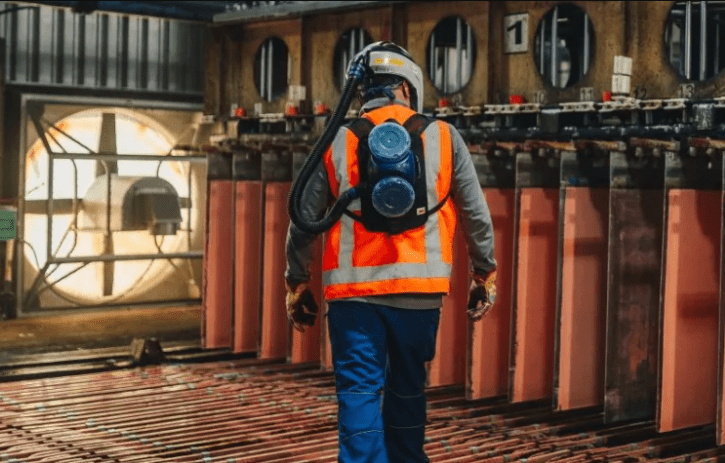World commodity prices rebounded in 2021 after two years of year-on-year declines, according to information from UNCTAD.
In 2021, the positive trend in commodity prices has continued from the low observed in the second quarter of 2020.
The aggregate index of raw materials registered an increase of 25% from December 2020 to May 2021, mainly due to the price of fuels, which rose 35%, while that of minerals, ores and metals registered an increase of 13 percent.
Historically, commodity prices have been and may continue to be subject to significant volatility, including due to global economic and geopolitical factors, industrial activity, commodity supply and demand (including inventory levels), change technology, product substitution, tariffs and exchange rate fluctuations.
For example, in the case of the BHP company, the risk associated with commodity prices is managed as part of the portfolio risk management strategy. Basically, all of the Group’s raw material production is sold in terms of market-based index prices, and derivatives are used from time to time to achieve a specific result.
World prices
From the UNCTAD angle, the main demand-side factors that will put upward pressure on industrial raw material prices in 2021 include the ongoing rebound in industrial production in China and the strong recovery seen in the United States.
These developments helped raise growth prospects and provide greater dynamism to industrial raw materials in 2021.
World primary commodity prices, 2008–2021 (Percentage change over previous year, unless otherwise indicated)

Similarly, the Biden Administration’s initial proposals to increase investment spending on major infrastructure projects further raised growth prospects and, in particular, boosted demand for commodities such as aluminum, copper, iron ore, and oil. crude in the short term.
However, subsequent reviews and clarifications of the investment plans point to a significantly lower spending increase than originally indicated, slowing the expected momentum in demand.
Similarly, the observed rise in industrial metal prices in 2021 has been supported by supply constraints.
Copper prices, which rose 24% during the first half of 2021, have been elevated by mining interruptions in Peru and Chile.
Also, iron ore prices, which increased 38% over the same period, were driven by supply disruptions in Australia.
The upward pressure on metal prices has been compounded by problems with the transportation of these goods, largely due to increased congestion in strategically important ports.
![]()

